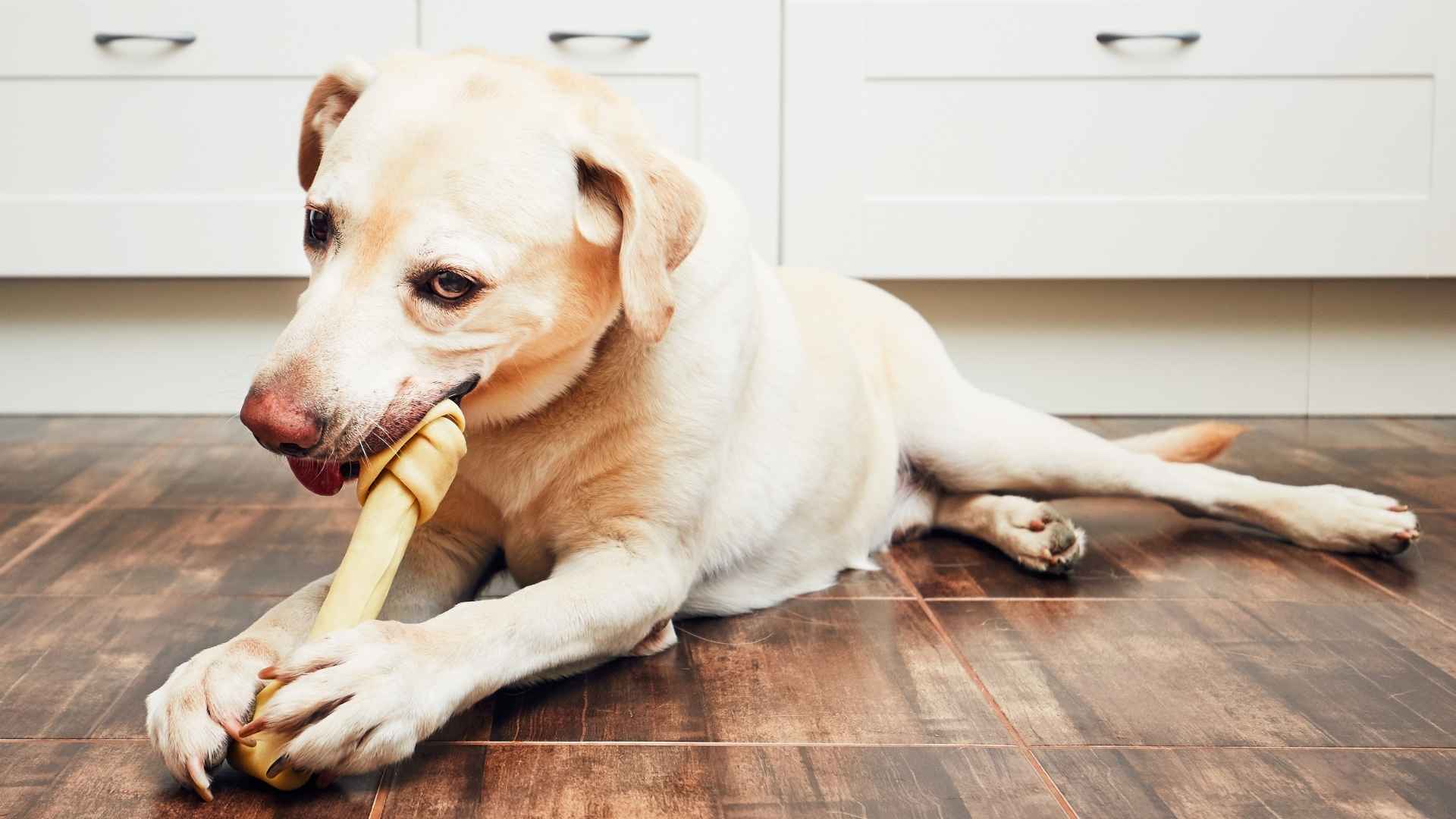Dogs interact with their environment primarily through their mouths. Chewing is a natural and necessary behavior that helps with teething, jaw strength, and emotional regulation. However, for certain dog breeds, this instinct is far more intense, often turning into destructive chewing. These dogs won’t just nibble on a toy. They will tear through your furniture, shoes, or even gnaw on the chair leg if left unsupervised.
Some breeds are hardwired to chew anything due to their working backgrounds, high energy levels, or deep need for mental stimulation. These dogs chew not just for fun but to relieve boredom, reduce anxiety, or deal with stress. Without appropriate toys, edible dog chews, or training, they will find their own outlets, often in ways owners find frustrating or costly.
This article explores the most chew-prone dog breeds and offers proven strategies to manage their habits with the help of dog chews, bully sticks, and structured engagement.
Dog Breeds That Will Chew Anything
1. Labrador Retriever
Breed Details
Origin: Canada
Height: 21.5-24.5 inches
Weight: 55-80 lbs
Coat Colors: Black, chocolate, Yellow
The Labrador retriever is one of the most popular breeds globally, originally bred in Newfoundland as a fishing and retrieving dog. Known for their friendly, eager-to-please temperament, Labs are also among the top dog breeds that will chew anything.
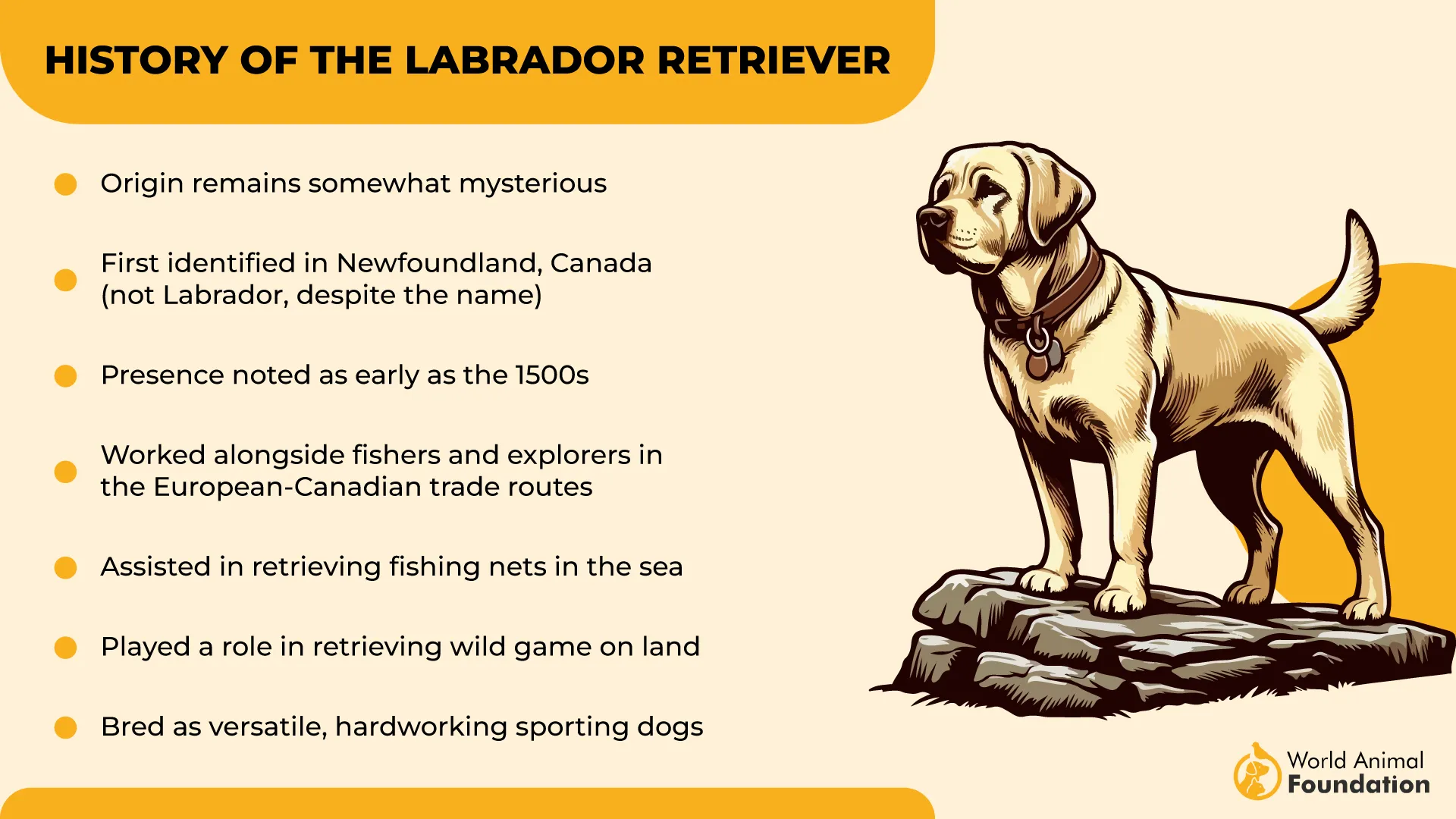
Labrador Retriever Guide states that their powerful jaws and energy make them prone to destructive chewing, especially when bored or anxious. Labs were bred to carry game in their mouths, and that instinct often transfers to chewing on furniture, stuffed toys, or even your favorite shoes.
Why they Chew
High energy level demands constant stimulation
Prone to separation anxiety, leading to destructive behavior
Natural mouthiness from retrieving heritage
Management Tips
Rotate dog chews and chew toys frequently.
Provide single-ingredient chews like bully sticks
Ensure daily exercise and mental stimulation
2. Golden retriever
Breed Details
Origin: Scotland
Height: 21.5-24inches
Weight: 55-75 lbs
Variations: English cream, American, and Canadian Golden retrievers
The Golden Retriever is one of the most affectionate dog breeds, originally developed in Scotland for retrieving game birds during hunts. Known for their friendly disposition, they’re also mouthy animals with a strong tendency to chew things, often anything they can find.
Their low carrying capacity stems from their working roots, but without proper chew toys, this turns into excessive chewing. Most behavior issues happen because dogs don’t get enough companionship, discipline, activity, or exercise. They will happily target your furniture, shoes, or even sticks from the yard.
Why they chew
Natural retrieving instincts = love to chew
Often bored or under-stimulated
Use their mouth to show affection
Management Tips
Offer edible dog chews like pig ears
Use puzzle toys for mental exercise
Keep durable bones and ropes available
3. Jack Russell Terrier
Breed Details
Origin: England
Height: 10-15 inches
Weight: 13-17 lbs
Variations: Smooth, Rough, and Broken coat types
The Jack Russell terrier may be small, but their energy and chewing habits are massive. Originally bred in England as a fox-hunting dog, this breed is extremely active, smart, and independent. They are always on the move during their working hours, and that high energy often translates into destructive chewing when not properly engaged.
Without sufficient mental engagement or physical exercise, a Jack Russell will start chewing things out of boredom, stress, or sheer curiosity. JRTCA states that Jack Russells need firm and consistent discipline because they are very smart and always like to test boundaries.
They can become very possessive of their owners, family members, or their belongings, sometimes showing aggressive protective behavior. It’s important to manage this from a young age to keep it under control.
Why They Chew
Constant need for stimulation
Easily bored, especially when left alone
Chewing relieves anxiety and keeps them entertained
Management Tips
Provide tough chew toys and dog chews
Use games and training to burn off energy
Consult a vet if excessive chewing suggests deeper anxiety
4. American Bulldog
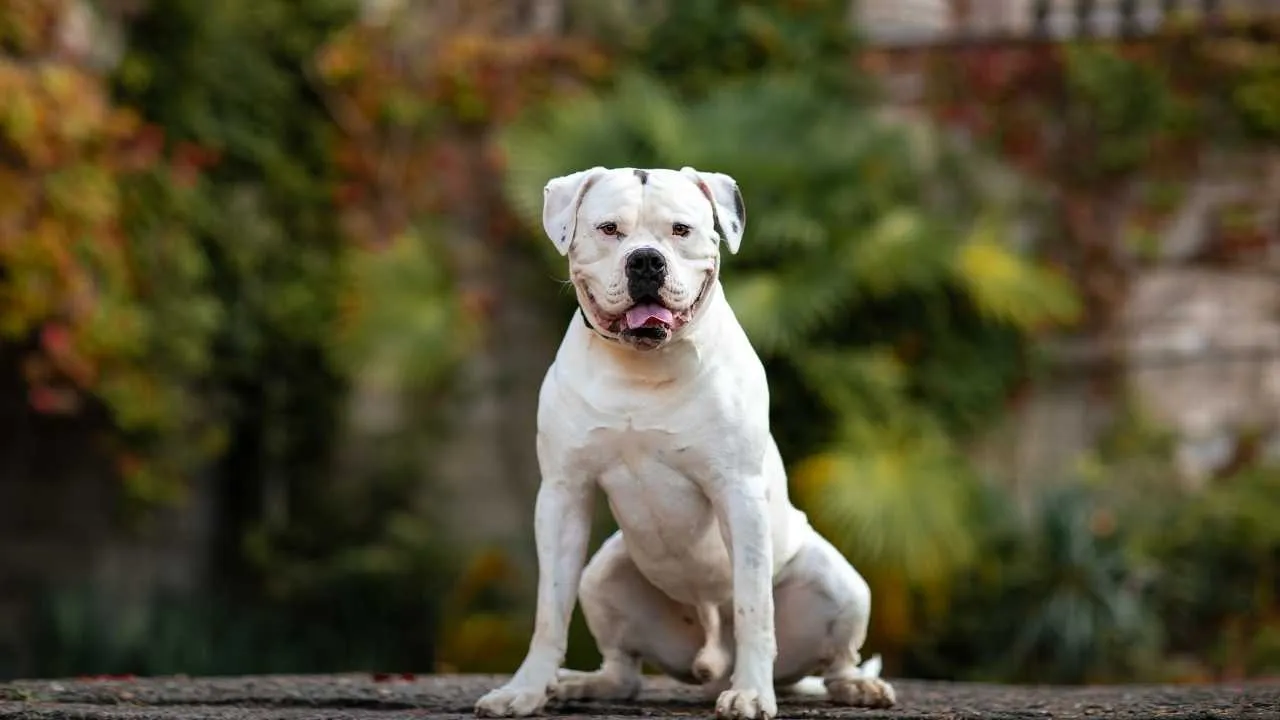
Breed Details
Origin: United States
Height: 20-28 inches
Weight: 60-120 lbs
Variations: Johnson (larger, stockier) and Scott (leaner, more athletic)
The American Bulldog is a muscular, athletic breed descended from working farm dogs in the United States. Originally used for guarding property and catching livestock, these dogs developed powerful jaws and strong instincts to chew things.
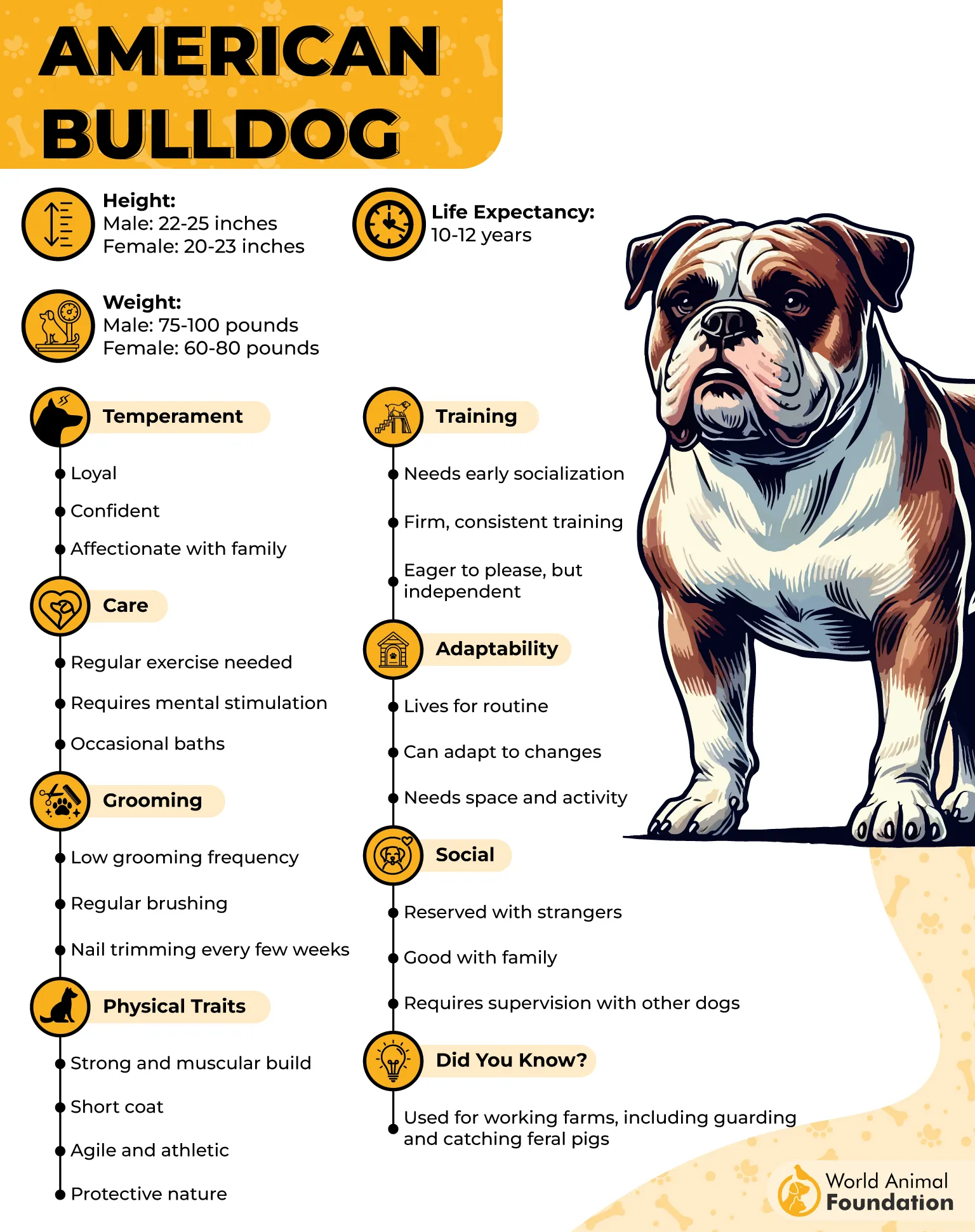
Their energetic and alert nature, combined with physical strength, makes them one of the destructive dog breeds that will chew anything, especially when bored or anxious. Remember, this breed’s destructive attitude is best handled with redirections, not punishments.
Why they chew
Natural Drive to work and use their mouth
Chewing helps relieve stress, pain, and boredom
Puppies love to chew during teething stages
Attracted to the smell and feel of edible dog chews
Management Tips
Provide strong dog chews and edible chews like bully sticks
Choose kibble that promotes teeth health
Supervise young pups with bones and treats
5. Basset Hound
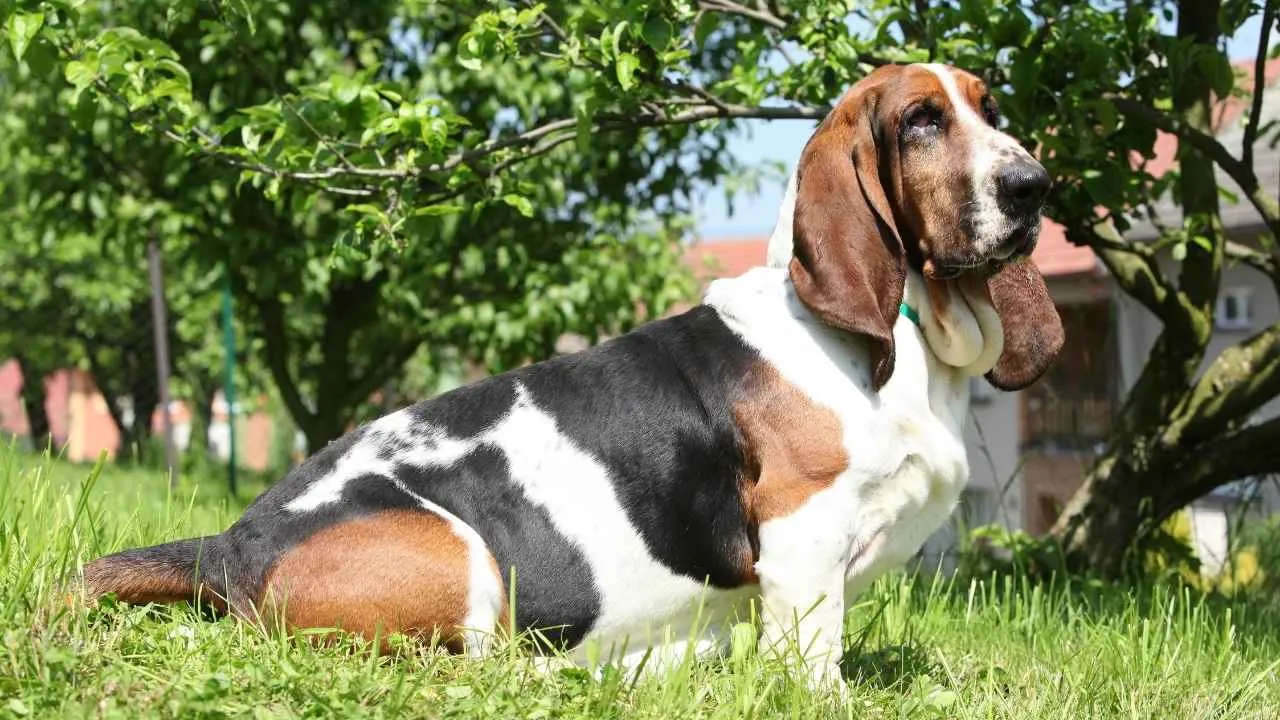
Breed Details:
Origin: France
Height: 11-15 inches
Weight: 40-65 lbs
Variations: Standard Basset Hound, with slight color variation (lemon, tri-color, red, and white)
The Basset hound may look laid back, but underneath that droopy exterior lies a persistent chewer. Bred in France for tracking small game, they are exceptional scent hounds with over 220 million scent receptors, second only to the Bloodhound. Their powerful sense of smell drives them to explore and chew things, especially soft and smelly household items.
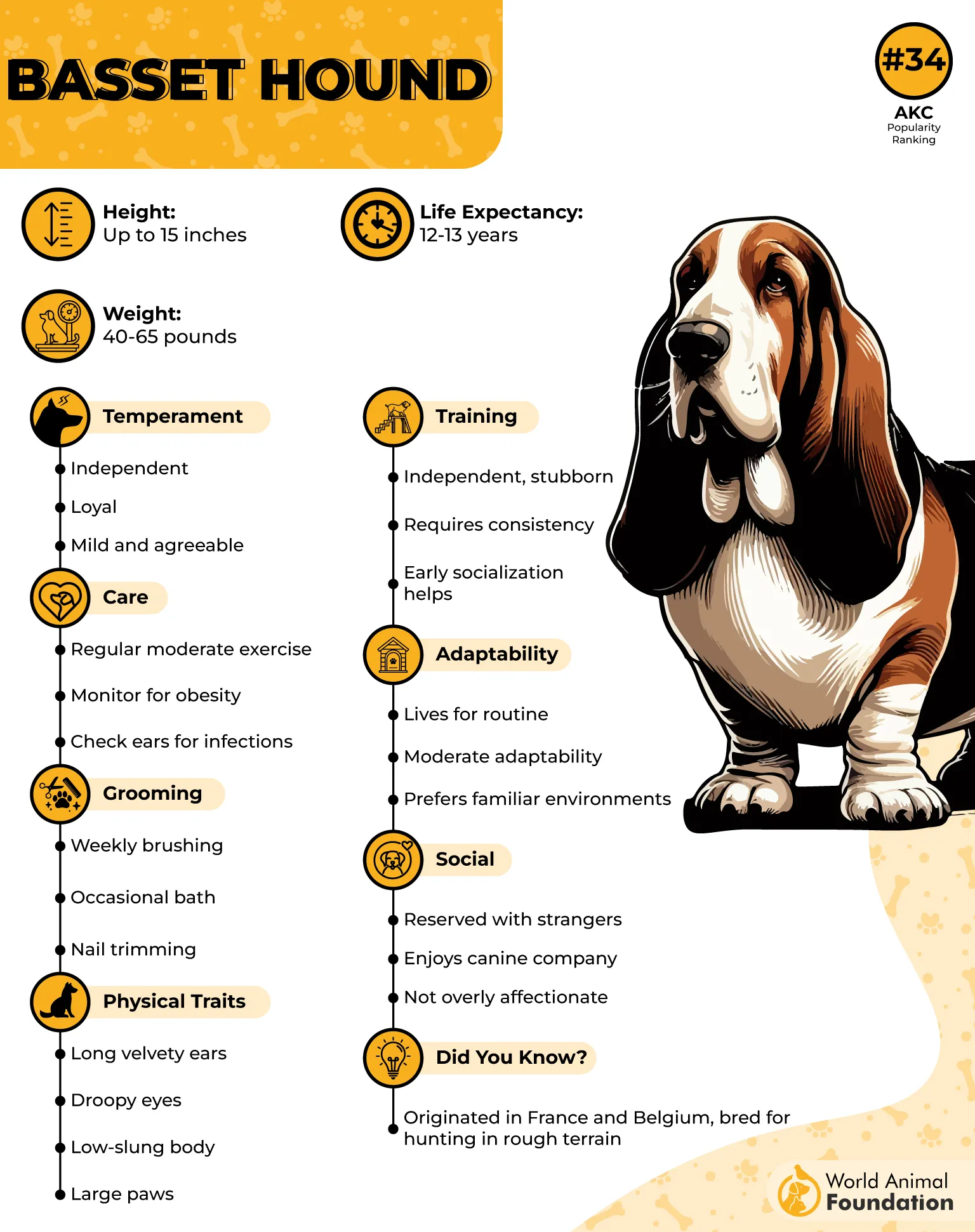
Despite their short legs and slow pace, Basset Hounds use their large paws and long mouths to pick things up and carry them around, often leading to a destructive attitude. Basset Hounds chew more when left alone; they thrive with companionship and structured mental exercise.
Why they Chew
Boredom and loneliness are major triggers
Chewing satisfies their scent-driven instincts
Love the texture and smell of household items
Management Tips
Use stuffed toys filled with treats or kibbles
Offer edible dog chews tailored to smell-oriented breeds
Avoid letting them chew unsafe sticks or hard objects
6. Doberman Pinscher
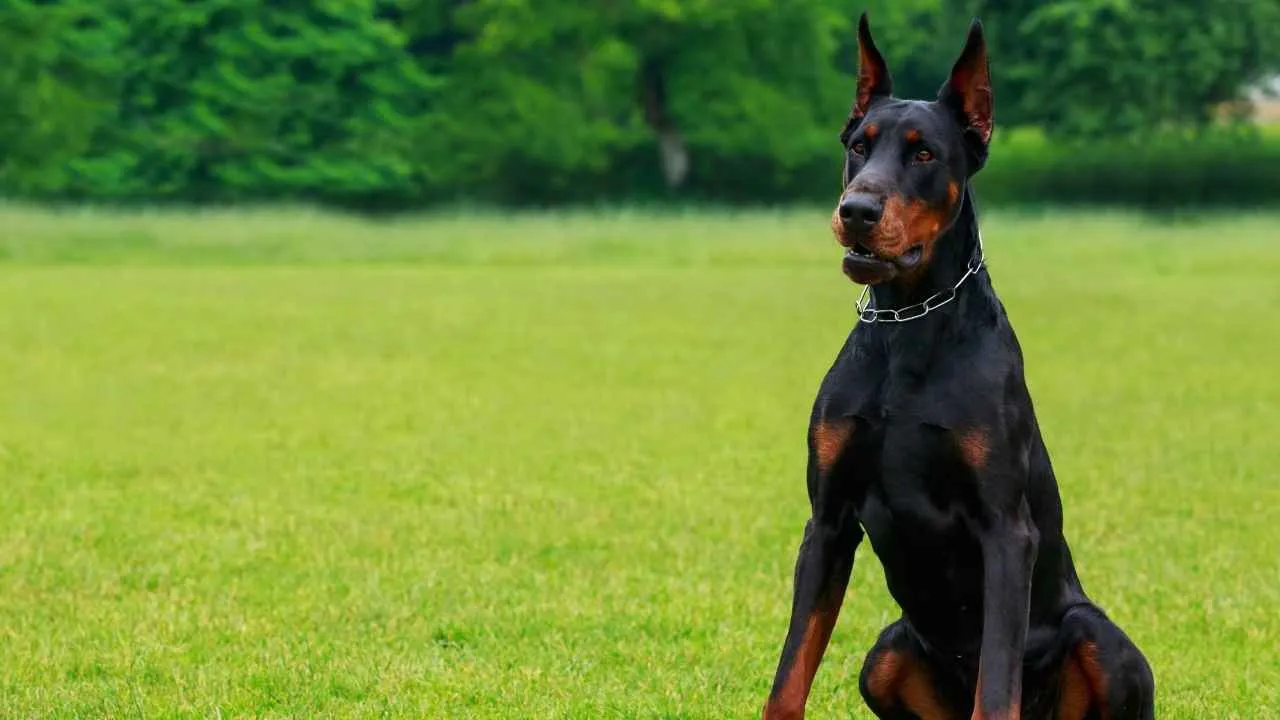
Breed Details
Origin: Germany
Height: 24-28 inches
Weight: 60-100 lbs
Variations: American and European Lines
The Doberman Pinscher may have an intimidating look, but they are highly emotional, intelligent, and deeply attached to their humans. Originally developed in Germany by a tax collector named Louis Doberman, this breed was designed for protection, intelligence, and obedience. These dogs are quick learners but can develop excessive chewing habits when bored, anxious, or under-stimulated.
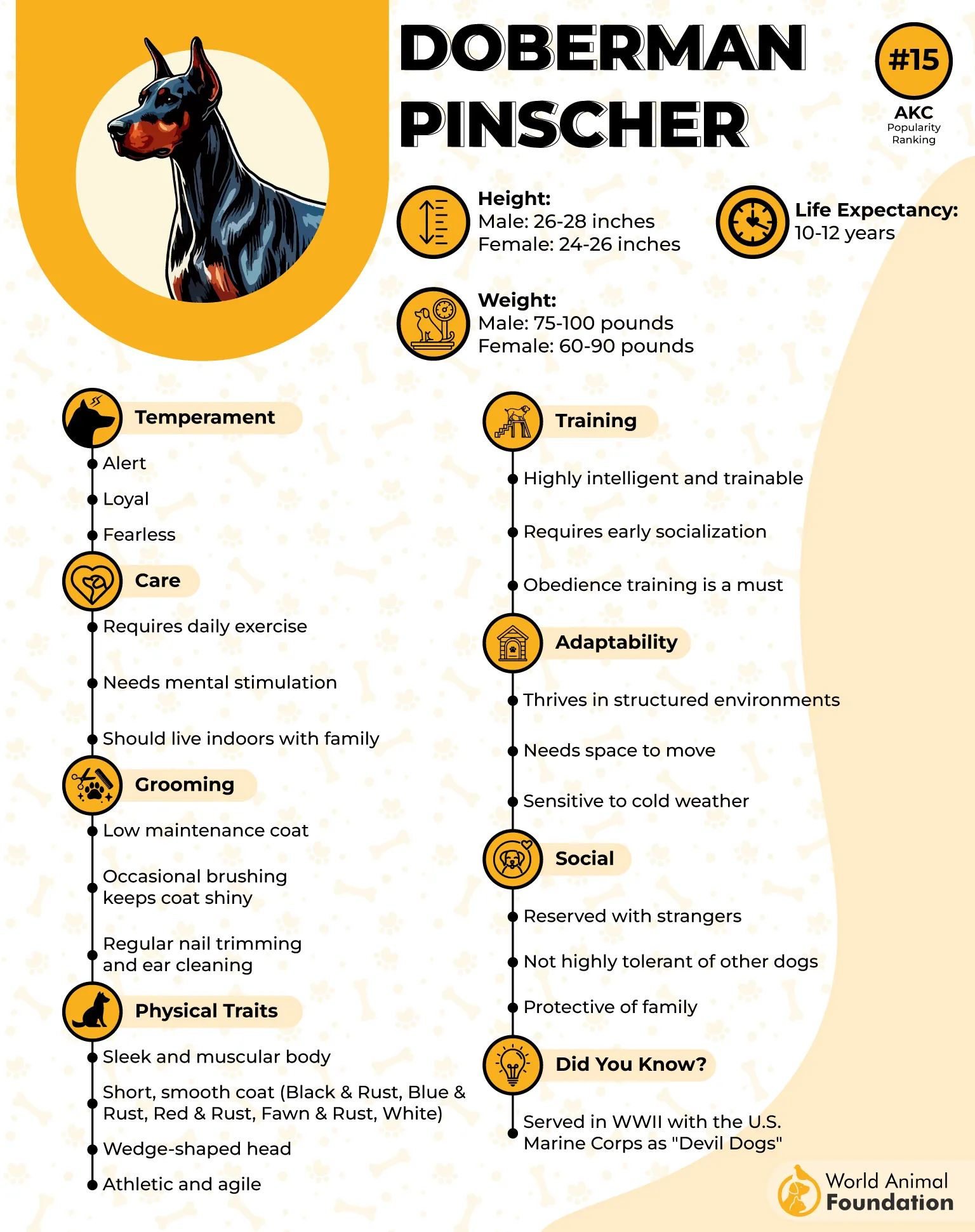
According to PetMD, Doberman Pinschers are energetic, curious, and intelligent dogs. They need an active lifestyle that challenges them both physically and mentally. Without regular exercise, Dobermans may find their own ways to stay busy, which can sometimes result in destructive or unwanted behaviors like chewing.
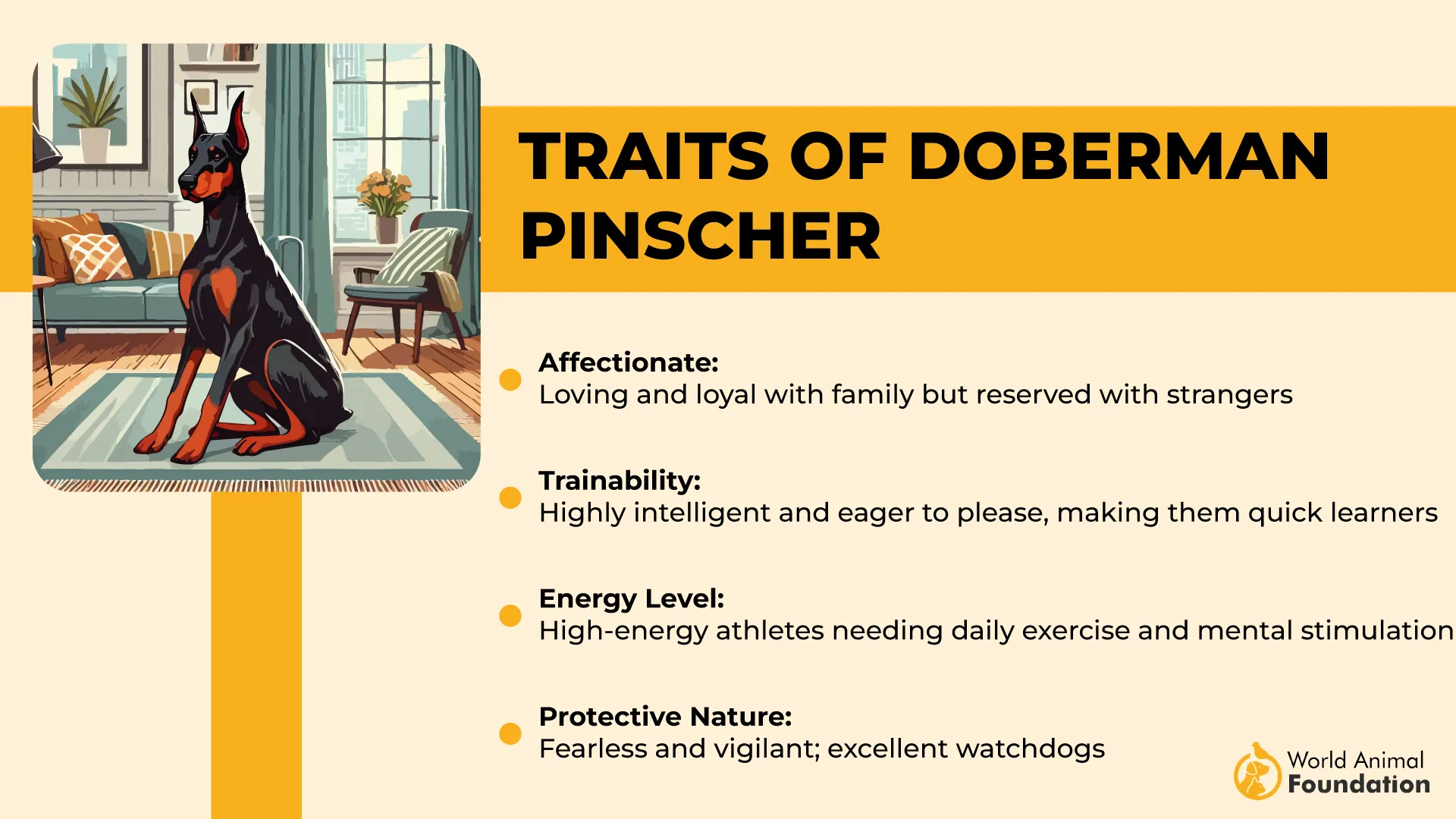
Why they Chew
Extremely bonded to owners, hate being left alone
High intelligence = need for daily engagement
Chewing reduces emotional tension and boredom
Management tips
Offer bones, bully sticks, or durable dog chews
Avoid leaving them alone with soft stuffed toys
Integrate exercise and regular obedience training
7. Weimaraner
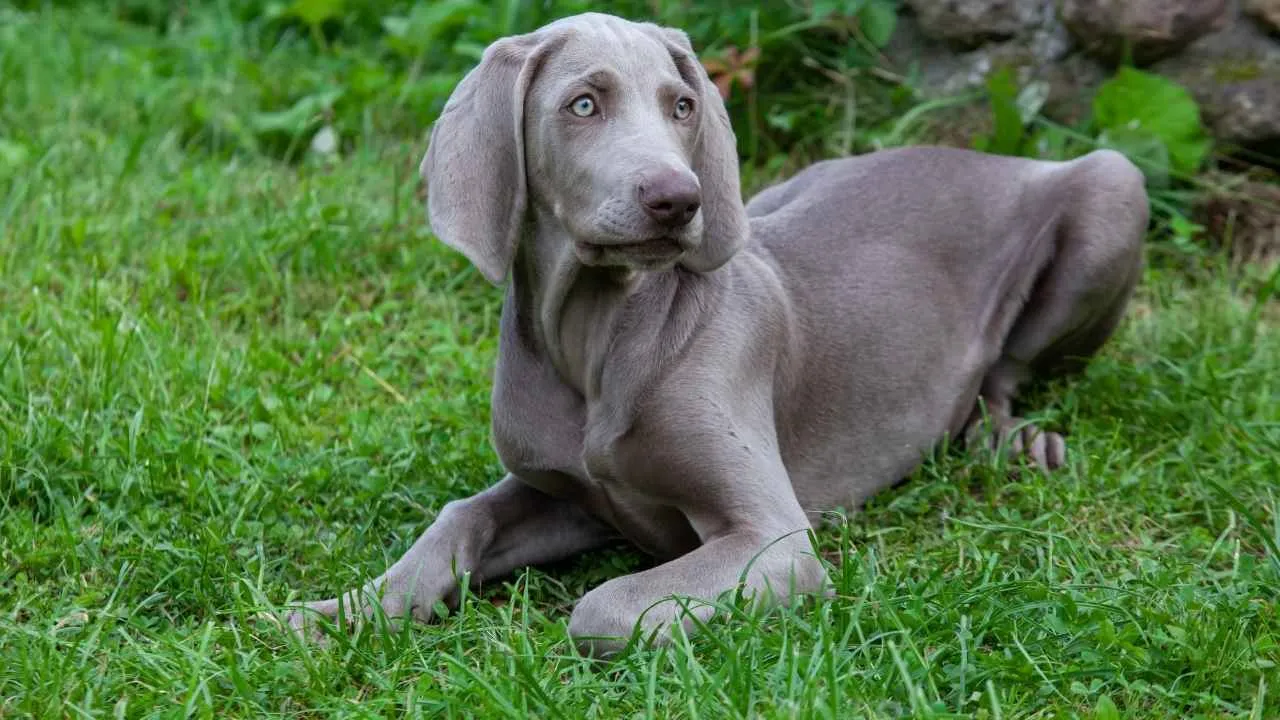
Breed Details
Origin: Germany
Height: 23-27 inches
Weight: 55-90 lbs
Variations: Short-haired (common) and long-haired (less common)
The Weimaraner is a sleek, energetic, and intelligent breed originally developed in Germany for hunting large game such as boar and deer. Their instincts for chasing, retrieving, and carrying are still very present today, often resulting in intense chewing behavior when not kept mentally and physically engaged.
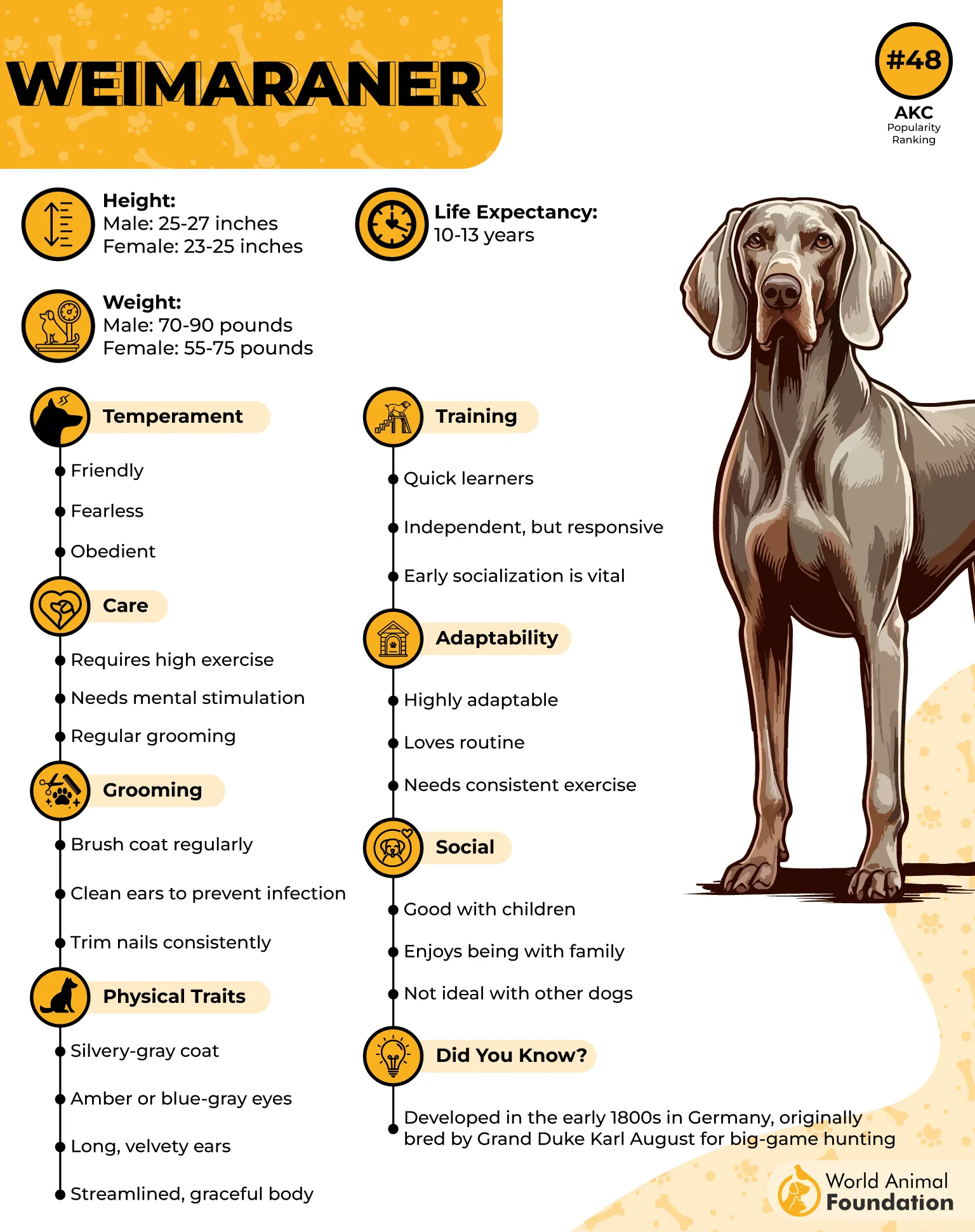
Often referred to as Velcro dogs due to their clingy nature, Weimaraners suffer from separation anxiety, which can lead to chewing, especially on shoes, chair legs, and other household items.
Why they Chew
Thrive on constant attention and activity
Easily bored and anxious when alone
Natural Urge to gnaw and carry objects
Management Tips
Offer interactive toys and puzzle-based training sessions
Use edible dog chews to reduce plaque and satisfy the chewing urge
Avoid leaving them alone for long periods
Conclusion
Destructive chewing isn’t a bad behavior—it’s a natural instinct most dogs have. Whether it’s a Labrador, Beagle, or Jack Russell, dogs chew to stay stimulated, ease teething pain, or explore their world with their mouths.
The best way to handle chewing is through redirection, not punishment. Instead of scolding, offer your dog safe chew toys like bully sticks, edible treats, or durable toys designed for heavy chewers. Make sure they get plenty of exercise, training, and social time with other dogs if possible.
Avoid letting them chew on unsafe items like furniture, and always provide the right toys to satisfy their chewing needs. With patience, love, and the right tools, your chewer can grow into a happy, well-behaved companion.


